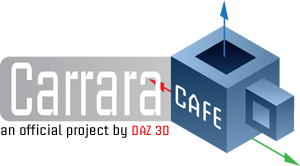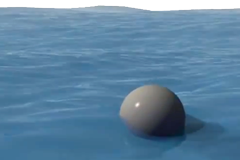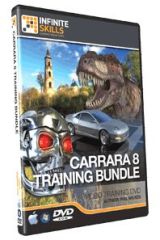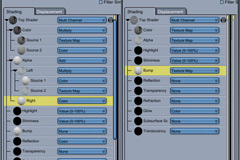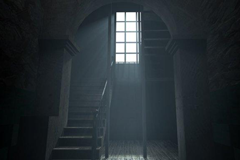ScifiFunk will show you how to cut down the large BVH files from the Carnegie collection into fractions of their original size using BVH Hacker, and how to prep them for low poly (daz based) figures created in a seperate tutorial.
In part 1 we concentrate on reducing the BVH file size. In part 2 we tidy up the BVH file. I look at frame rates and how low a rate you can get away with (again assuming you want to have lots of animated people in your scene). I save out and show you a fantastic (unbelievable) saving in filesize.
The good news is we don’t stop there! Yes thanks to an additional saving within Carrara and the Carrara compression the final file size of the animation is completely minimal. I take you through the basic process of creating an aniblock from within DAZ, exporting it and applying it to a low poly rigged character.
In part 3 I concentrate on how to create walk loops to the length you need (not the length of the original BVH file). How to create a respectable walk loop. It’s pretty easy once you’ve practiced a bit. The technique uses DAZ to create an aniblock, and edit out the start and end so that a loopable middle is left. The technique for finding the most loopable part of the BVH import starts with finding the first frame where the actor places his left foot on the ground.
For some reason the best loops can be found with this method. Perhaps the Carnegie actor(s) were left handed or something? Anyway that foot placement is usually at the same pace as the bulk of the loop which means you’ll avoid speeding up and slowing down in the loop.
The rest of the video shows how to cut the end just right.
To see how to create such a low poly figure please see a pevious tutorial series here. Low Poly People
I hope I’ve inspired you to work with the FREE Carnegie collection!
